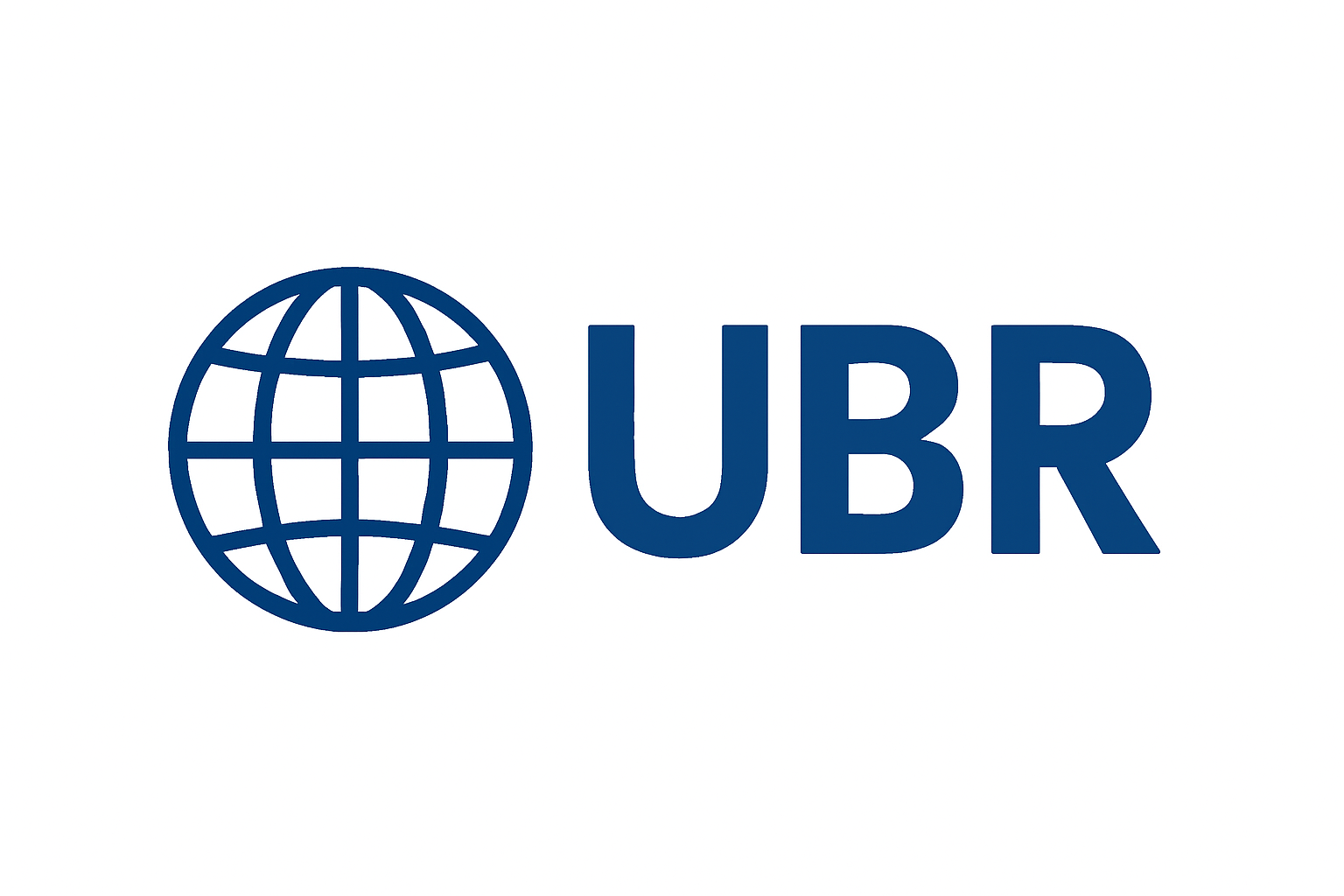Sometimes, the most valuable treasures are hiding in plain sight—and the 1976 Bicentennial Quarter is a perfect example. While it was mass-produced to celebrate America’s 200th birthday, one rare version of this coin has reportedly fetched up to $1 million, sparking interest from collectors and casual treasure hunters alike.
So, what turns a 25-cent coin into a millionaire’s dream? Let’s explore the story behind the Bicentennial Quarter, the reasons for its extraordinary value, and what you should look for before spending that pocket change.
The Story Behind the Bicentennial Quarter
In 1976, the U.S. Mint marked the country’s bicentennial by releasing a series of commemorative coins—including a redesigned quarter. Unlike the standard eagle-back version, the Bicentennial Quarter features a Colonial drummer boy on the reverse, alongside a torch encircled by 13 stars representing the original colonies.
The obverse still carries George Washington’s profile, but with a twist—the date reads “1776–1976”, paying homage to the nation’s founding 200 years earlier.
These quarters were minted between 1975 and 1976 and produced in massive quantities. While the majority are only worth face value, a few rare versions—due to minting errors, unusual materials, or exceptional condition—are worth a fortune.
What Makes the $1 Million Bicentennial Quarter So Valuable?
The vast majority of Bicentennial Quarters will never be worth more than a few cents over face value. But a tiny number of coins are unique—and here’s why they’ve caught the attention of collectors:
1. Minting Errors
Error coins are one-of-a-kind products of mishaps during the minting process. Common errors include:
- Double strikes (where the coin is struck twice)
- Off-center designs
- Wrong planchet errors (e.g., being struck on a dime blank or a silver disc)
Coins with such flaws can command big money, especially when combined with historical significance.
2. Silver Composition
Most Bicentennial Quarters were struck using standard copper-nickel clad. However, a limited number were struck in 40% silver for collector sets. If any of these silver coins accidentally entered circulation—or exist with mint errors—their value could soar.
3. MS-70 Condition
MS (Mint State) coins are graded on a scale from 1 to 70, with MS-70 being a flawless, uncirculated coin. An MS-70 Bicentennial Quarter with silver content or mint errors could be worth thousands—or even more—to the right buyer.
4. Historical Significance
As a commemorative issue, the Bicentennial Quarter already holds historical interest. When rarity and error details are added, the value skyrockets due to demand among elite collectors.
Quick Overview Table
| Feature | Details |
|---|---|
| Coin Name | Bicentennial Quarter |
| Year of Issue | 1976 (dated 1776–1976) |
| Reverse Design | Colonial drummer and torch |
| Common Composition | Copper-nickel clad |
| Rare Variant | 40% Silver |
| High Value Reason | Minting error + MS-70 condition |
| Circulation | Still found in public circulation |
| Top Estimated Value | Up to $1 Million (rare case) |
What to Look for in Your Spare Change
Think you might have a valuable Bicentennial Quarter? Here’s how to check:
- Date: Confirm it says 1776–1976.
- Back Design: Look for the drummer boy and torch.
- Condition: Shiny, uncirculated, or nearly flawless coins are worth a closer look.
- Material: Silver coins have a distinct weight, shine, and sound.
- Errors: Look for off-center images, doubled dates, or unusual markings.
If you find something promising, weigh the coin or do a “ping test”—silver coins produce a high-pitched ring when dropped on a hard surface (use caution). For certainty, get it authenticated.
Why These Quarters Still Pop Up
Despite being decades old, hundreds of millions of Bicentennial Quarters were minted, and many are still in use. Because most people aren’t checking their change for rare coins, a valuable one could be hiding in plain sight—on a countertop, in a coin jar, or at the bottom of a piggy bank.
For collectors, this makes everyday transactions a bit more exciting. It also means that your next trip to the coffee shop could include a coin that changes your financial future.
Don’t Cash In Without Certification
If you think you’ve found a rare quarter, don’t rush to sell it. Get it authenticated by a professional grading service like PCGS (Professional Coin Grading Service) or NGC (Numismatic Guaranty Company). A certified coin not only proves its authenticity—it increases its value and buyer confidence.
FAQs
How do I know if my Bicentennial Quarter is valuable?
Check the date (1776–1976), examine the reverse design, and look for minting errors or silver shine. If it’s in perfect condition or has unique flaws, it could be valuable
Are all Bicentennial Quarters made of silver?
No. Only a small percentage—produced for collector sets—are made of 40% silver. Most are copper-nickel.
How many Bicentennial Quarters were made?
More than 1.6 billion were produced. Most are common, but rare variations exist.
Can I still find one in circulation?
Yes. Many Bicentennial Quarters are still used today. Rare ones occasionally surface in loose change or old coin collections.







